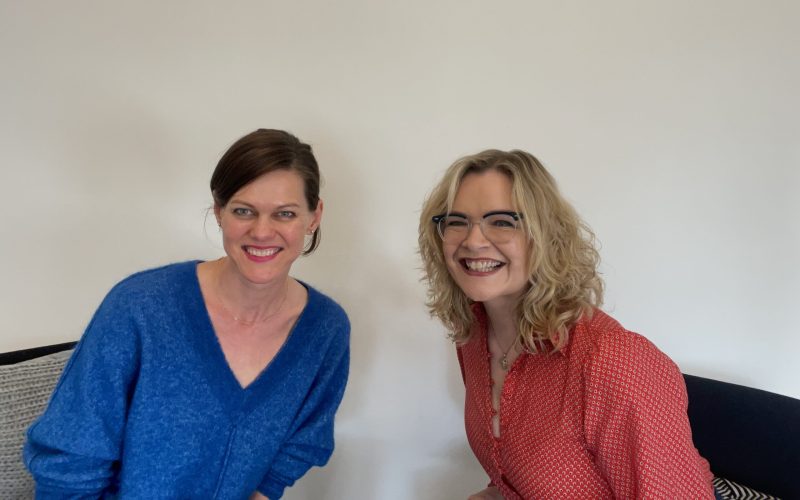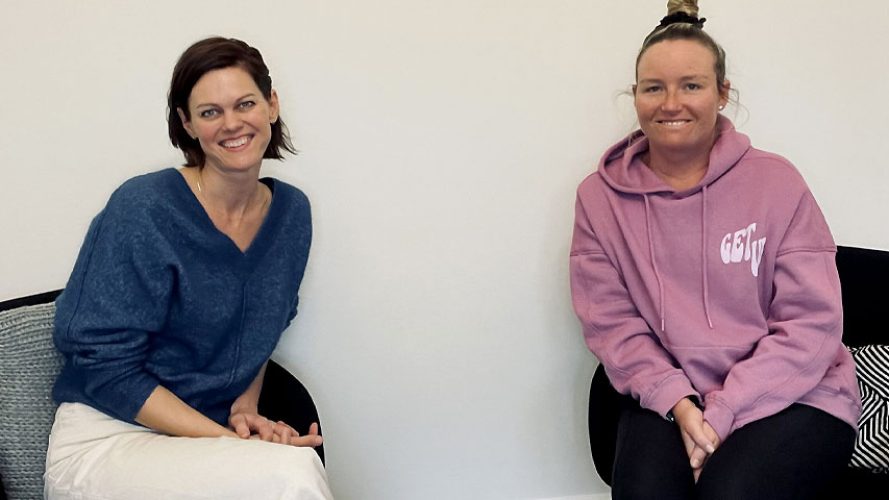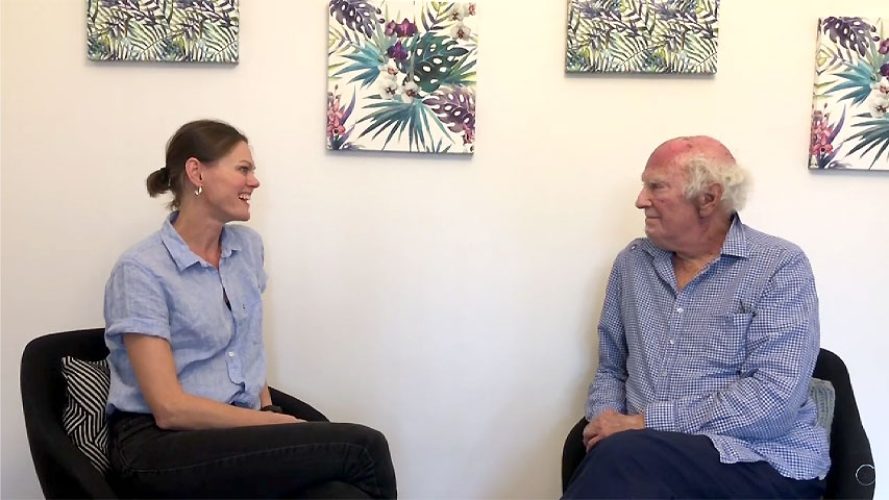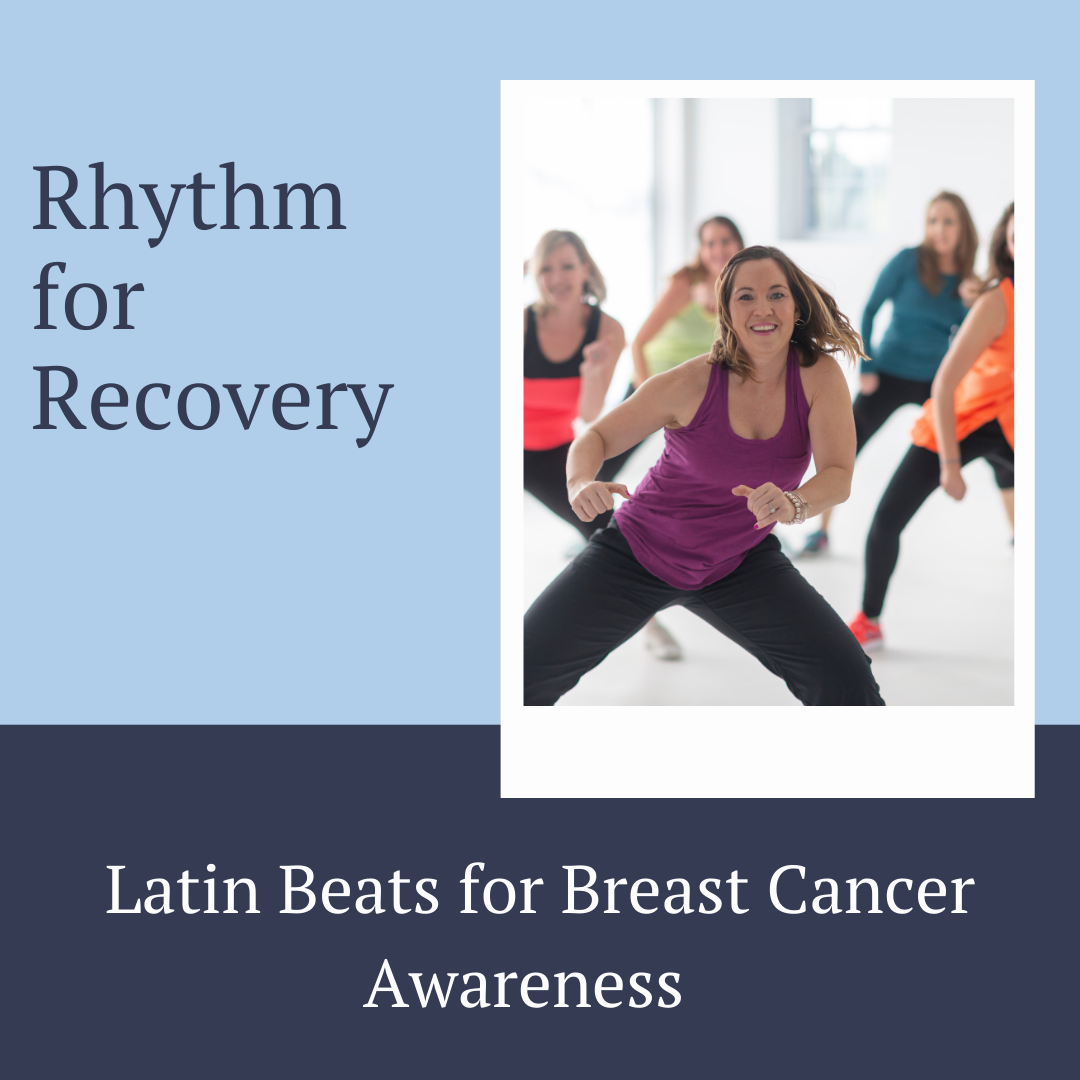Physiotherapy and Massage in Cancer Care
About the Video
Orsi: Hi Tineke
Tineke: Hi
O: So you have been a massage therapist for over a decade
T: Yes
O: And we’ve been working together now for roughly about four years, and I feel very privileged that I can work alongside you because I do feel like our work really compliments each other, I feel like from a physio point of view when I work quite localised on patients and then you come in and you provide that whole body experience which is really great.
T: Yes
O: Could you explain the different massage techniques that you provide in this place?
T: Yes, sure. Um well when patients come to me they’ve always been assessed by you first, which I think is a great concept in the clinic so patients can be given the right treatment going forward in their journey. My role at the clinic is to assist Orsi and the rest of the team with massage therapy and there are three types of massages that I provide. That’s remedial, it’s lymphatic and it’s oncology massage. Just to give you a short overview, in remedial we’re really focusing on relieving and releasing the tension in specific areas, it’s really the tissue work to enable an increase in range of movement. Oncology massage is a type of massage specifically designed for cancer patients. It’s a gentle touch using long, slow strokes, we’re using the whole hand with oil and its, what it does it’s talking directly to the receptors. We’ve got receptors sitting under the skin to elicit a deep relaxation. And in lymphatic massage we’re using a similar gentle touch massage but it’s without the oil. It’s specifically designed to work on the lymphatic vessels to stimulate the flow of lymph and in all massages we really always keep in mind that the lymphatic system sits underneath everything; it’s the basis pretty much for everything.
O: So over the years we have shared the care of many of our patients, and the way that we usually work together is that I initially assess the patients and identify their needs and I address them from a physio point of view and then often I send them over to you so that you can implement some of your massage techniques and address some of their other issues that they have to compliment my services. So on an example of a breast cancer patient for example, when they go through the chemotherapy treatment after their surgery and they have restrictions of their shoulder movement and so they come to see me for physiotherapy to address that particular issue, but then we often identify coexisting problems such as tightness of the shoulder, tightness of the neck or swelling of the breast or swelling of the chest wall, and I feel they would benefit from your services, how does that continue on – so from my service across to your service?
T: Yes, well thank you for that question. It’s probably one of the real advantages of coming to our clinic. So when the patient comes to me we have a good conversation around what the patient really needs, not just on the day but also going forward. A combination of some release techniques that have their origin in remedial can really help and address that tightness in the shoulder and the neck, but because we’re also dealing with the fact that they are currently receiving chemotherapy we need to be aware that we keep the pressure between a light and a medium, and also applying the oncology-based massage techniques. I use the three modalities and very often even in the one session, so remedial-based techniques for the release of the neck and then oncology-based massage to really give their body the best possible care for continuing with chemotherapy and from the lymphatic drainage point of view that could potentially help them with reducing that swelling in the breast.
O: So what I want to also emphasise is that apart from the breast cancer population I think that these techniques can apply to a wide range of cancer patients, you know whether it’s head and neck cancer patients or post-melanoma surgery any type of limitations and physical restrictions I think we’ve been working together really, really nicely.
T: Yes
O: And I think that this pairing of physiotherapy and massage therapy is such a nice approach for our patient population and I’d really love to continue working with you for as long as possible.
T: Thank you, and I share that view wholeheartedly and what I’ve said about the clinic, it really enables, you know, patients to benefit from the best possible care in the different fields.
Other Stories
In the Blog Topics
Latest Event
Other Events
About Us
Oncology Recovery Services Inc. is a multidisciplinary centre that specialises in cancer care and lymphoedema management.
Clinic Hours
Monday Closed
Tuesday 8:00am – 5:00pm
Wednesday 8:00am – 5:00pm
Thursday 8:00am – 5:00pm
Friday 8:00am – 5:00pm
Saturday 8:00am – 3:00pm
